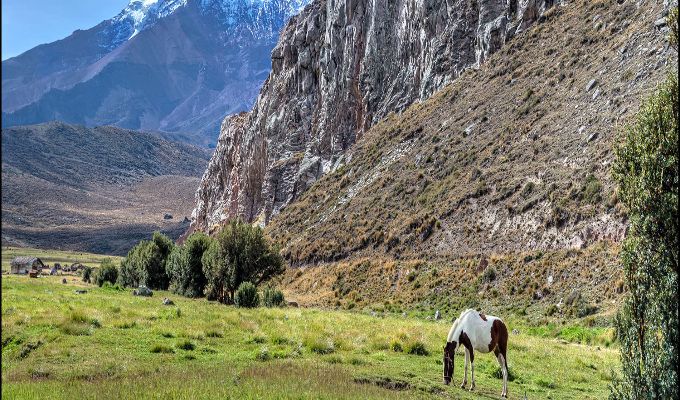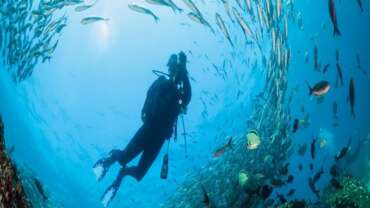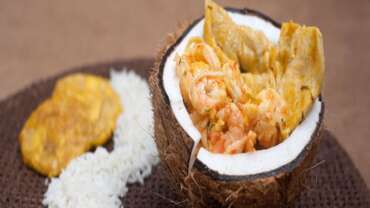Nature in Ecuador!
In Ecuador, your encounter with nature will be memorable. Whatever place you choose to visit, the four worlds await you with landscapes that you can not stop photographing.
In the Coast you will find beautiful beaches, in the Andes you will walk along paths where several animal species inhabit, in the Amazon you can know the exotic of the jungle and in Galapagos you will be enchanted with its landscapes.
Wherever you go, you can connect your body and mind with a free and wonderful nature. We invite you to be part of this landscape full of colors.
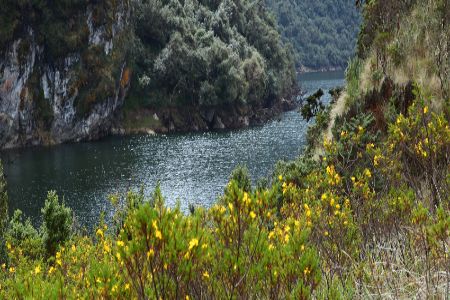
Protected areas
They are clearly defined geographical spaces, recognized and managed, through legal means or other types of effective means to achieve the long-term conservation of nature and its ecosystem services and associated cultural values (Dudley, 2008, p.10).
They are land and / or sea areas specially dedicated to the protection and maintenance of biological diversity, as well as natural resources and associated cultural resources, and managed through legal means or other effective means (IUCN, 1998).
In Ecuador, the protected areas represent approximately 20% of the conserved national territory, they are framed in the maximum category of protection according to national environmental legislation, by Constitution of the Republic they are part of one of the subsystems of the great National System of Areas Protected (SNAP) known as Patrimony of Natural Areas of the State (PANE), distributed throughout the continental and insular territory, they harbor an important biological wealth, ecosystem services from which both urban and rural populations benefit, a landscape richness that allows tourism and recreation in part of them, and because of their ecological importance transcend borders that are internationally recognized.
The MAE, as the competent body to establish the national environmental policy and the processes for the administration, control, and regulation of the protected areas of the PANE, also works tirelessly to generate other tools such as guidelines that will be available to the Decentralized Autonomous Governments, Communities and private owners, who also have the possibility of declaring their properties as protected areas, in this way they will be fulfilling the constitutional mandate that also recognizes the Subsystem of the PANE, the subsystems of the protected areas of the Decentralized Autonomous Governments (GADS), Community and Private.
Currently, the (SNAP) is constituted by 50 protected areas, of which 49 are part of the Subsystem of the (PANE) and 1 of the Subsystem of the GADS. “Ministry of the Environment, Ecuador.
Bird watching
If you are a birdwatcher, professional or amateur, Ecuador wants to give you the best experience of your life. With more than 1,680 species of birds roaming the skies of the four regions, you will have before your eyes the opportunity to photograph or simply enjoy this wonderful moment. And it is that, in Ecuador you will find 16% of the world total of birds! Come, connect with nature and live the best adventurous experience.
Great diversity in 4 natural regions: Galapagos Islands, Pacific Coast, Andes and Amazon.
Ecuador registers approximately 1,680 species of birds, representing 16% of the world total. There are 37 national endemic species, around 300 regional endemic species, 133 species of hummingbirds, and more than 120 species of tanagers.
There are 108 areas of importance for the conservation of birds IBAs. (Important Bird Areas)
Ecuador has one of the most biodiverse areas in the world per square kilometer: Yasuní National Park. The Galapagos Islands, considered a natural laboratory, were part of the inspiration of Charles Darwin for his theory of the evolution of species.
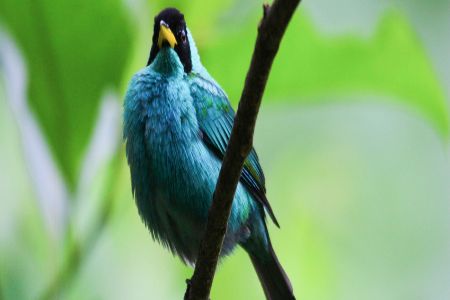
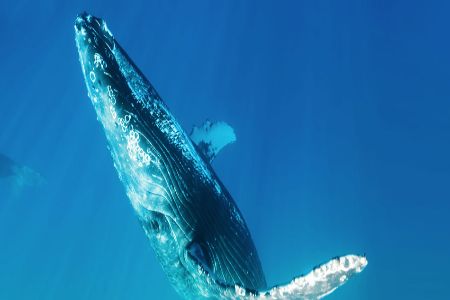
Whale watching
Along the Ecuadorian coast, we can find many places that offer whale tourism. The infrastructure and services differentiate one site from another, however, the most important thing is the security they may have with the boat and the crew in charge, which should be made up of a captain, sailor and naturalist guide.
From the north in Esmeraldas, whale tours are offered in Atacames and Súa. With option of coastal dolphin tours from Mompiche, Muisne and Pedernales to Cojimies. In the province of Manabí, from Pedernales, Jama (Punta Don Juan, Punta Prieta, Punta Ballena, among others), Crucita, Bahía de Caráquez, Manta, Puerto Cayo and Puerto López.
The La Plata Island or small Galapagos from Puerto López, is an option to walk and also do whale watching. In Santa Elena, Salinas and Ayangue. We can observe dolphins in the Guayas from Puerto El Morro and finally in Machala from Santa Rosa.
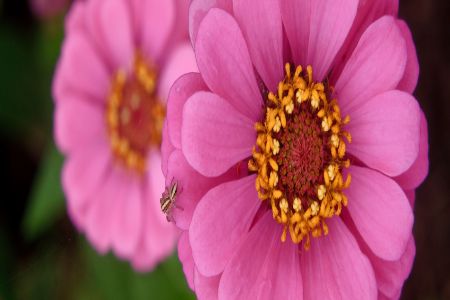
Flora Observation
Ecuador is one of the most biodiverse countries in the world, it has more than 17,058 species of vascular plants or flowering plants, as indicated in the Fourth National Report for the Convention on Biological Diversity.
In relation of these gems of nature, we have four of the five existing subfamilies of orchids worldwide, which means 4,032 of the species that have been classified and published so far, of which 1,714 species are endemic. of the 400 that are in the process of study and description. Also, we have the smallest orchid species in the world, with 2.1 millimeters of dimension.
We have more orchids than any other country in the world. Recognizing this, with seriousness and commitment of country, is a reason of deep pride for all Ecuadorians, because from us grows the commitment to give our nation the importance it deserves in the eyes of the world. And, precisely for that reason on December 5, 2013, Ecuador was declared by Executive Decree, as “The Country of Orchids” with the commitment of the National Government to work in a coordinated manner with the different sectors, to strengthen the Country of Orchids before the eyes of the world.
This is the point of departure that we long for Ecuador, for our communities and our people, our businesses and enterprises, our scientists and researchers, for our conservationists and naturalists, for our tourists.
These plants are found throughout the country, as for example in the cloud forest of Mindo, the Botanical Garden of Parque de la Carolina in Quito, the Pahuma Orchid Reserve in the sector of Calacalí, the Botanical Garden and Orchids of the Amazonian Flora Conservation Center in Puyo, Podocarpus National Park in Loja and Zamora Chinchipe; in the Palphinia Orchid, in Zamora Chinchipe and in Ecuagenera in Gualaceo, Austro-Ecuadorian. I invite you to enjoy this wonderful natural gift.
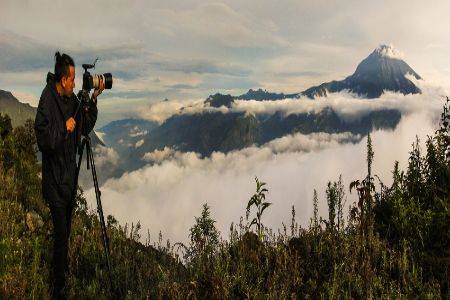
Landscape Photography
Many people like to capture moments, this through photography, but others are simply passionate about this activity, for these, coming to Ecuador will be a delight for their eyes, since their 4 worlds: Galápagos, Andes, Costa del Pacific and Amazon, they offer a number of places to be photographed, they will have beaches, mountains, jungle and islands that wait to be photographed.



